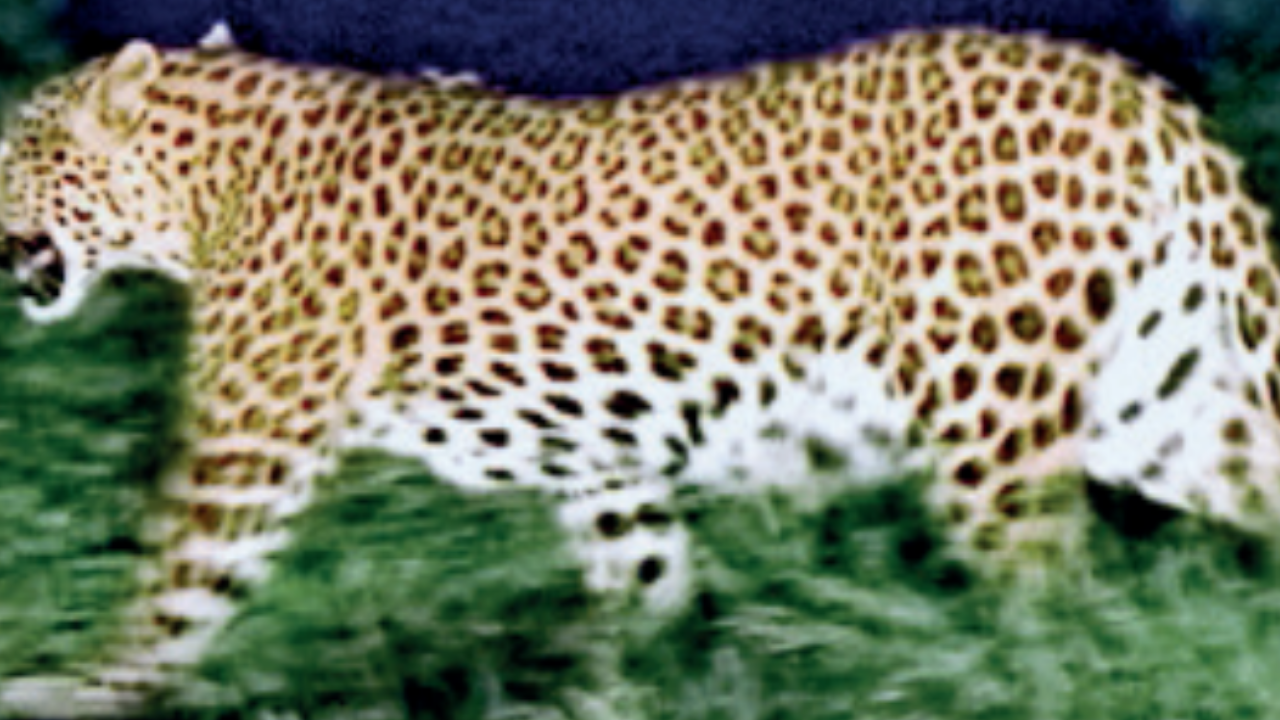Rajasthan
Rajasthan notifies leopard loaded forest in Jaipur as conservation reserve | Jaipur News
JAIPUR: The state government on Monday issued a notification declaring Jhalana-Amagarh reserve forest, which is situated in the middle of Jaipur and houses more than 40 adult leopards, as a conservation reserve (CR).
Spread across 3,507.17 hectares, the reserve forest will now be the 21st CR in Rajasthan and will be protected under the Wildlife Protection Act (WPA) of 1972, making it mandatory to get clearance under the Forest Conservation Act, 1990, and the approval of the State Board of Wildlife (SBWL) and National Board for Wildlife (NBWL) for any development project within the area. Tourism and related activities can also be regulated now.
“The move will enable regular flow of funds and consequently ensure a planned development of the ecosystem,” said Shikhar Agrawal, additional chief secretary (ACS) of the forest and environment department.
Possibilities of leopard sightings rise by 90% in Rajasthan
Experts said the CR category for a protected forest was first introduced in the amendment in 2002 to the Wildlife Protection Act, 1972. It was necessitated to keep existing or proposed protected areas safe from private ownership of land. Green activist and lawyer Tapeshwar Singh said as per the provisions of the CR, the state government can also seek participation of locals for conservation of the protected area.
“The state government shall constitute a conservation reserve management committee to advise the chief wildlife warden to conserve, manage and maintain the reserve,” he said. Rajasthan, known for tiger safaris at Sariska and Ranthambore reserves, now witnesses the possibility of leopard sightings in its forest areas rising to almost 90%.
Leopards have added to the state’s tourist attractiveness, drawing wildlife lovers, both domestic and foreign, in hordes. Wildlife lovers believe the latest move will improve tourism and promote conservation.
“Rajasthan was the first state in the country to declare Project Leopard five years ago. Those efforts are bearing fruits now as both the leopard population and their sightings have increased in the state. It is now the right time to bring more policy reforms to streamline wildlife management at the park,” said Rithik Sharma, a wildlife lover and frequent visitor to JhalanaAmagarh
Spread across 3,507.17 hectares, the reserve forest will now be the 21st CR in Rajasthan and will be protected under the Wildlife Protection Act (WPA) of 1972, making it mandatory to get clearance under the Forest Conservation Act, 1990, and the approval of the State Board of Wildlife (SBWL) and National Board for Wildlife (NBWL) for any development project within the area. Tourism and related activities can also be regulated now.
“The move will enable regular flow of funds and consequently ensure a planned development of the ecosystem,” said Shikhar Agrawal, additional chief secretary (ACS) of the forest and environment department.
Possibilities of leopard sightings rise by 90% in Rajasthan
Experts said the CR category for a protected forest was first introduced in the amendment in 2002 to the Wildlife Protection Act, 1972. It was necessitated to keep existing or proposed protected areas safe from private ownership of land. Green activist and lawyer Tapeshwar Singh said as per the provisions of the CR, the state government can also seek participation of locals for conservation of the protected area.
“The state government shall constitute a conservation reserve management committee to advise the chief wildlife warden to conserve, manage and maintain the reserve,” he said. Rajasthan, known for tiger safaris at Sariska and Ranthambore reserves, now witnesses the possibility of leopard sightings in its forest areas rising to almost 90%.
Leopards have added to the state’s tourist attractiveness, drawing wildlife lovers, both domestic and foreign, in hordes. Wildlife lovers believe the latest move will improve tourism and promote conservation.
“Rajasthan was the first state in the country to declare Project Leopard five years ago. Those efforts are bearing fruits now as both the leopard population and their sightings have increased in the state. It is now the right time to bring more policy reforms to streamline wildlife management at the park,” said Rithik Sharma, a wildlife lover and frequent visitor to JhalanaAmagarh





